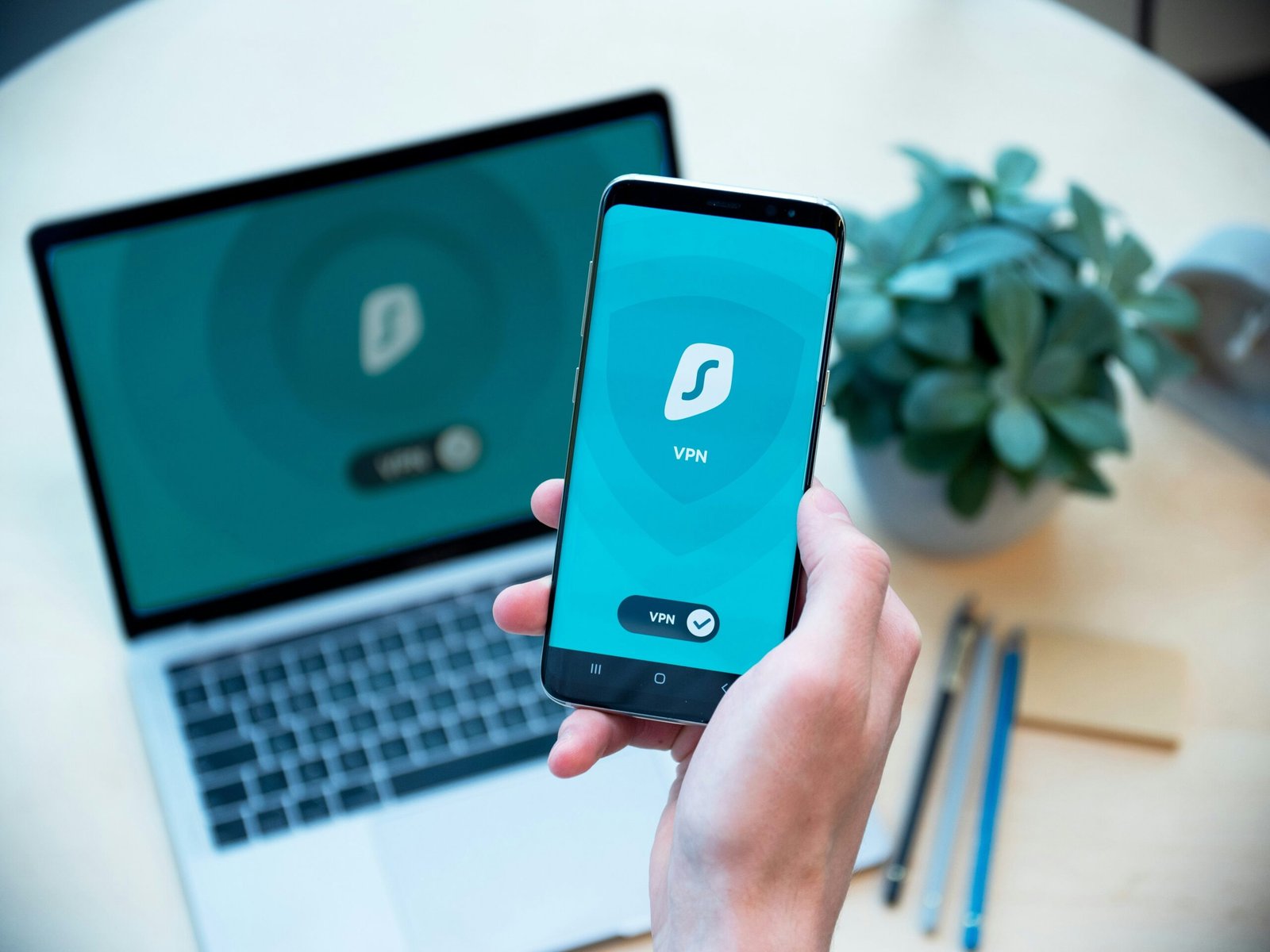Have you ever wondered about the relationship between privacy and security in this fast-paced digital world? It’s an intriguing question, especially in an era where both terms frequently make headlines. Can privacy exist independently from security, or are they two sides of the same coin? In this friendly discussion, let’s explore the nuanced relationships between privacy, security, and your day-to-day interactions with technology. Plus, you’ll learn how to check your Google privacy settings to stay informed and empowered.
Understanding the Basic Concepts
Before diving deeper, it’s crucial to clarify what privacy and security mean and how they relate to one another. While often used interchangeably, their roles and implications can vary.
What is Privacy?
Privacy in the digital realm concerns your personal information—where it goes, who uses it, and how it’s managed. This encompasses anything from your shopping habits to your personal messages or even your online search history. Privacy ensures that your data is used according to your preferences and is not accessed without consent.
What is Security?
Security, on the other hand, involves protective measures to guard your data from unauthorized access and breaches. Security technologies might include encryption, firewalls, and authentication protocols designed to protect sensitive information.
Privacy Without Security?
This leads us to a captivating question: Is it possible to maintain privacy without adequate security measures? Can your personal information remain private if it’s not securely protected? The short answer is no—privacy without security is much like having a lockless door in a bustling city. These two elements are intricately linked, and the absence of security undermines your ability to maintain privacy.

This image is property of images.unsplash.com.
The Interconnection of Privacy and Security
Now that we’ve laid the groundwork, let’s explore why these two concepts are fundamentally intertwined. In today’s interconnected world, securing digital privacy requires robust security frameworks.
The Role of Encryption
One of the critical security tools that protect your privacy is encryption. Encryption converts your data into a coded format, readable only by those with access to the necessary decryption key. This makes it extremely challenging for unauthorized users to access your private information.
Authentication and Access Control
Furthermore, robust authentication mechanisms—like two-factor authentication—ensure that only authorized users can access your data. By requiring an additional verification step, such as a texted code or fingerprint scan, these systems add an additional layer of security to protect your privacy.
The Threat of Data Breaches
Data breaches are another area where we observe the relationship between privacy and security. When security is compromised, breaches can lead to unauthorized access, exploitation, and dissemination of personal data, leading to severe privacy violations.

This image is property of images.unsplash.com.
Digital Privacy in Everyday Technology
In your daily interactions with technology, from social media to online shopping, digital privacy plays a pivotal role. How can you ensure that your personal data remains private while enjoying the benefits of modern conveniences?
Social Media and Privacy
Social media platforms are notorious for their complex privacy settings. It’s essential to understand how these platforms handle your data and what you can do to maintain your privacy.
Online Shopping and Data Collection
Every time you shop online, companies collect data about your purchase history and preferences. Knowing how this data is used and controlled is a part of taking charge of your privacy.
Mobile Devices and Apps
Your smartphone is a treasure trove of personal information. Mobile apps often request access to data far beyond what’s necessary for their functionality. Managing these permissions can go a long way in safeguarding your privacy.

This image is property of images.unsplash.com.
Practical Steps to Enhance Your Privacy and Security
You’re likely wondering how to put this information into practice. Here are actionable steps you can take to bolster your privacy and security in the digital landscape.
Checking and Updating Google Privacy Settings
One of the most valuable resources for managing your online privacy is ensuring your Google account settings align with your preferences. Begin by logging into your Google account and navigating to the “Privacy & Personalization” tab. Here, you can view and adjust your activity controls, manage ad settings, and review security checkups.
Activity Controls
You can manage your Google activity settings with the following options:
| Feature | Description | Recommendations |
|---|---|---|
| Web & App Activity | Records your searches and activity across Google services. | Consider pausing if you seek additional privacy. |
| Location History | Saves locations through your mobile devices. | Disable unless necessary for navigation. |
| YouTube History | Keeps a record of watched videos and search terms. | Set to auto-delete periodically for enhanced privacy. |
Ad Personalization
Google uses your data to tailor advertisements. While turning this off won’t reduce the number of ads you see, it can prevent targeted advertising based on your activity.
Regularly Update Passwords and Use Two-Factor Authentication
Make it a habit to update your passwords periodically and utilize strong, unique passwords for each account. Consider employing a password manager for ease. Activating two-factor authentication adds an extra layer of security, making unauthorized access significantly more difficult.
Encourage Software and App Updates
Keeping your software and applications updated is vital for patching security vulnerabilities. Developers regularly release updates that include security enhancements. Allowing automatic updates whenever possible ensures you’re always protected with the latest features.

Legal Perspectives on Privacy and Security
Legislation has developed to protect consumer privacy and enforce security measures. Understanding these laws can empower you to make informed decisions about safeguarding your digital presence.
The General Data Protection Regulation (GDPR)
The GDPR is a comprehensive data protection law in the European Union that enhances your privacy rights and imposes strict security requirements on organizations handling personal data. It’s a model for privacy regulations worldwide.
The California Consumer Privacy Act (CCPA)
The CCPA provides California residents with increased control over their personal information possessed by businesses. It requires transparency about data collection practices and offers options to opt-out of personal data sales.

Can You Have Privacy Without Security? An Ongoing Debate
The collaboration of privacy and security is foundational in the digital world. As individuals become more conscious of their digital footprints, the debate surrounding privacy and security continues to evolve. Recognizing the importance of robust security to maintain privacy is now more vital than ever.
The Future of Privacy and Security
Emerging technologies like artificial intelligence and blockchain propose both challenges and solutions to privacy and security concerns. These innovations will further blur the lines but also offer exciting opportunities to enhance both aspects.
Engaging in the Dialogue
As privacy issues evolve, participating in the ongoing dialogue is crucial. Stay informed about new developments and advocate for policies and practices that protect both security and privacy.
By taking control of your digital environment, utilizing available resources, and understanding the dynamics between privacy and security, you’re well-positioned to keep your personal information secure in an ever-changing digital world.

